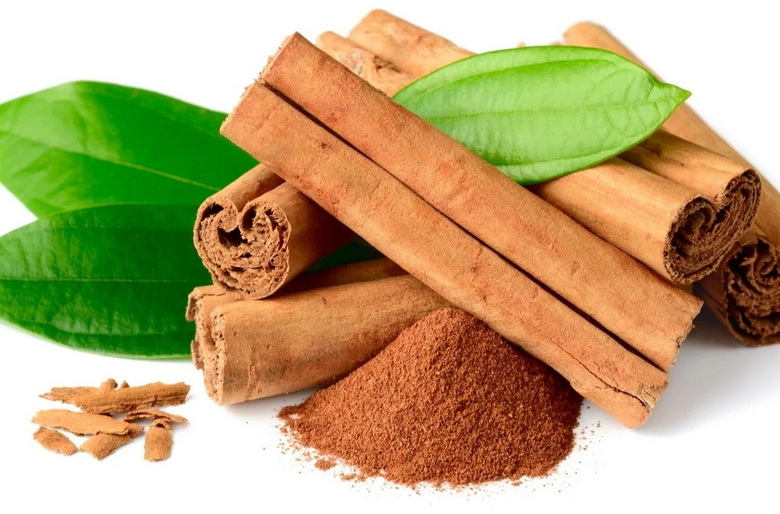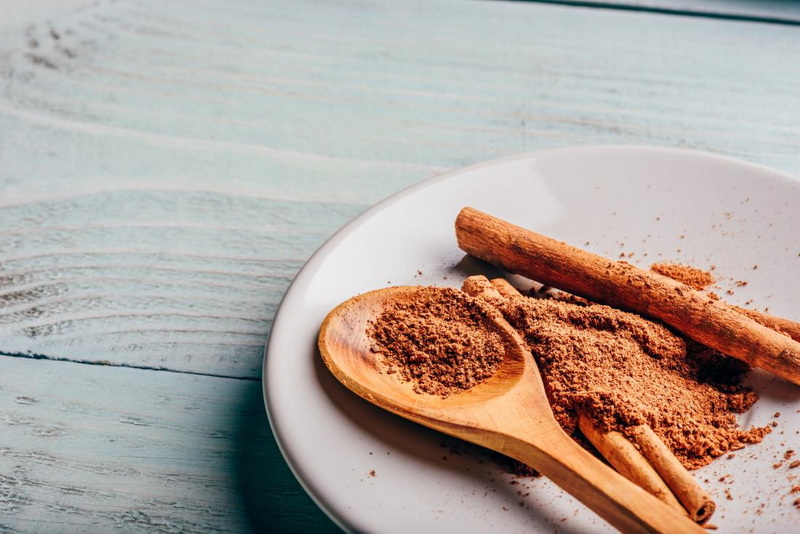Content Menu
● Introduction to Cinnamon Bark Extract
>> Chemical Composition
● Health Benefits of Cinnamon Bark Extract
● Applications in Various Industries
● Cinnamon Bark Extract Factory: Production Process
>> Challenges in Production
>> Future Prospects
● Conclusion
● FAQ
>> 1. What are the primary components of cinnamon bark extract?
>> 2. How is cinnamon bark extract used in the pharmaceutical industry?
>> 3. What are the benefits of using cinnamon bark extract in skincare?
>> 4. How do cinnamon bark extract factories ensure quality?
>> 5. What are the traditional uses of cinnamon bark extract?
● Citations:
Cinnamon bark extract has gained significant attention in recent years due to its numerous health benefits and versatility in natural remedies. This article will delve into the reasons behind its popularity, exploring its chemical composition, health benefits, and applications in various industries.

Introduction to Cinnamon Bark Extract
Cinnamon bark extract is derived from the bark of the cinnamon tree, primarily Cinnamomum cassia or Cinnamomum zeylanicum. The extract is rich in polyphenols, flavonoids, and other bioactive compounds that contribute to its medicinal properties. These compounds include cinnamaldehyde, cinnamic acid, and procyanidins, which are known for their antioxidant, anti-inflammatory, and antimicrobial activities.
Chemical Composition
The chemical composition of cinnamon bark extract varies depending on the species of cinnamon and the extraction method. However, it generally contains:
- Cinnamaldehyde: The primary component responsible for its fragrance and biological activities.
- Procyanidins: Known for their antioxidant properties.
- Cinnamic Acid: Exhibits hypoglycemic and cholesterol-lowering effects.
Health Benefits of Cinnamon Bark Extract
Cinnamon bark extract is renowned for its health benefits, which include:
1. Antioxidant and Anti-Inflammatory Effects: These properties help protect against oxidative stress and inflammation, contributing to overall health.
2. Antidiabetic Properties: Cinnamon has been shown to improve insulin sensitivity and lower blood sugar levels. Studies suggest that regular consumption of cinnamon can help manage type 2 diabetes by enhancing glucose uptake in cells.
3. Cardiovascular Health: It helps reduce cholesterol levels and improve blood circulation, supporting heart health. The flavonoids present in cinnamon bark extract are known to relax blood vessels, which can help lower blood pressure.
4. Antimicrobial Activity: Effective against various pathogens, making it useful in oral care and skincare products. Its antimicrobial properties can help prevent infections and promote wound healing.
5. Neuroprotective Effects: Some studies indicate that cinnamon may have neuroprotective properties, potentially helping to prevent neurodegenerative diseases like Alzheimer's and Parkinson's.
Applications in Various Industries
Cinnamon bark extract is utilized in several industries due to its diverse benefits:
1. Food and Beverage Industry: Used as a flavoring agent and for its health-promoting properties in functional foods. Cinnamon is a common spice in baking and cooking, adding flavor to desserts and savory dishes.
2. Pharmaceutical Industry: Its antidiabetic and cardiovascular benefits make it a valuable ingredient in health supplements. Many pharmaceutical companies incorporate cinnamon bark extract into their products to capitalize on its health benefits.
3. Cosmetics and Skincare: The antimicrobial and antioxidant properties are beneficial in skincare products. Cinnamon bark extract is often used in face masks and creams to improve skin health and reduce acne.
4. Traditional Medicine: Traditionally used for digestive issues, colds, and other ailments. In traditional Chinese medicine, cinnamon is used to warm the body and improve circulation.

Cinnamon Bark Extract Factory: Production Process
The production of cinnamon bark extract involves several steps:
1. Harvesting: Cinnamon bark is harvested from the cinnamon tree, typically through a labor-intensive process. Harvesting is usually done by hand to ensure quality and minimize damage to the bark.
2. Extraction: The bark is processed using solvents like ethanol to extract the bioactive compounds. The choice of solvent can affect the quality and potency of the final extract.
3. Purification: The extract is purified and concentrated to enhance its potency. Techniques such as distillation or chromatography may be used to remove impurities.
4. Quality Control: Ensures the extract meets safety and efficacy standards. This includes testing for contaminants and verifying the presence of key bioactive compounds.
Challenges in Production
Despite its popularity, the production of cinnamon bark extract faces several challenges:
- Sustainability: Ensuring sustainable harvesting practices to maintain cinnamon tree populations.
- Quality Variability: Differences in extraction methods and raw material quality can affect the final product's consistency.
- Regulatory Compliance: Meeting regulatory standards for safety and efficacy in various markets.
Future Prospects
As demand for natural remedies continues to grow, the future of cinnamon bark extract looks promising. Research into its potential benefits for neuroprotection and other health conditions may further expand its applications. Additionally, advancements in extraction technology could improve efficiency and reduce costs, making it more accessible to consumers.
Conclusion
Cinnamon bark extract is a versatile natural remedy with a wide range of health benefits and industrial applications. Its popularity stems from its antioxidant, anti-inflammatory, and antimicrobial properties, making it a valuable ingredient in food, pharmaceuticals, and cosmetics. As demand continues to grow, cinnamon bark extract factories play a crucial role in ensuring high-quality products that meet consumer needs.

FAQ
1. What are the primary components of cinnamon bark extract?
Cinnamon bark extract primarily contains cinnamaldehyde, procyanidins, and cinnamic acid, which contribute to its medicinal properties.
2. How is cinnamon bark extract used in the pharmaceutical industry?
It is used in health supplements due to its antidiabetic and cardiovascular benefits.
3. What are the benefits of using cinnamon bark extract in skincare?
The extract's antimicrobial and antioxidant properties make it beneficial for skincare products.
4. How do cinnamon bark extract factories ensure quality?
Factories use rigorous quality control measures, including purification and testing, to ensure the extract meets safety and efficacy standards.
5. What are the traditional uses of cinnamon bark extract?
Traditionally used for digestive issues, colds, and other ailments due to its antimicrobial and anti-inflammatory effects.
Citations:
[1] https://www.glentworthformulations.com/cinnamon-bark
[2] https://chicagoacademicpress.com/Images/new%20perspectives/009NewPerspectives.pdf
[3] https://pmc.ncbi.nlm.nih.gov/articles/PMC9914695/
[4] https://huggingface.co/openbmb/cpm-bee-1b/commit/bd72a61dd7a59086ed7456f1dfcaa995c8ec58a3.diff
[5] https://www.rxlist.com/supplements/cinnamon_bark.htm
[6] https://www.bbcgoodfood.com/health/nutrition/health-benefits-cinnamon
[7] https://www.healthline.com/nutrition/10-proven-benefits-of-cinnamon
[8] https://www.webmd.com/diet/supplement-guide-cinnamon






























